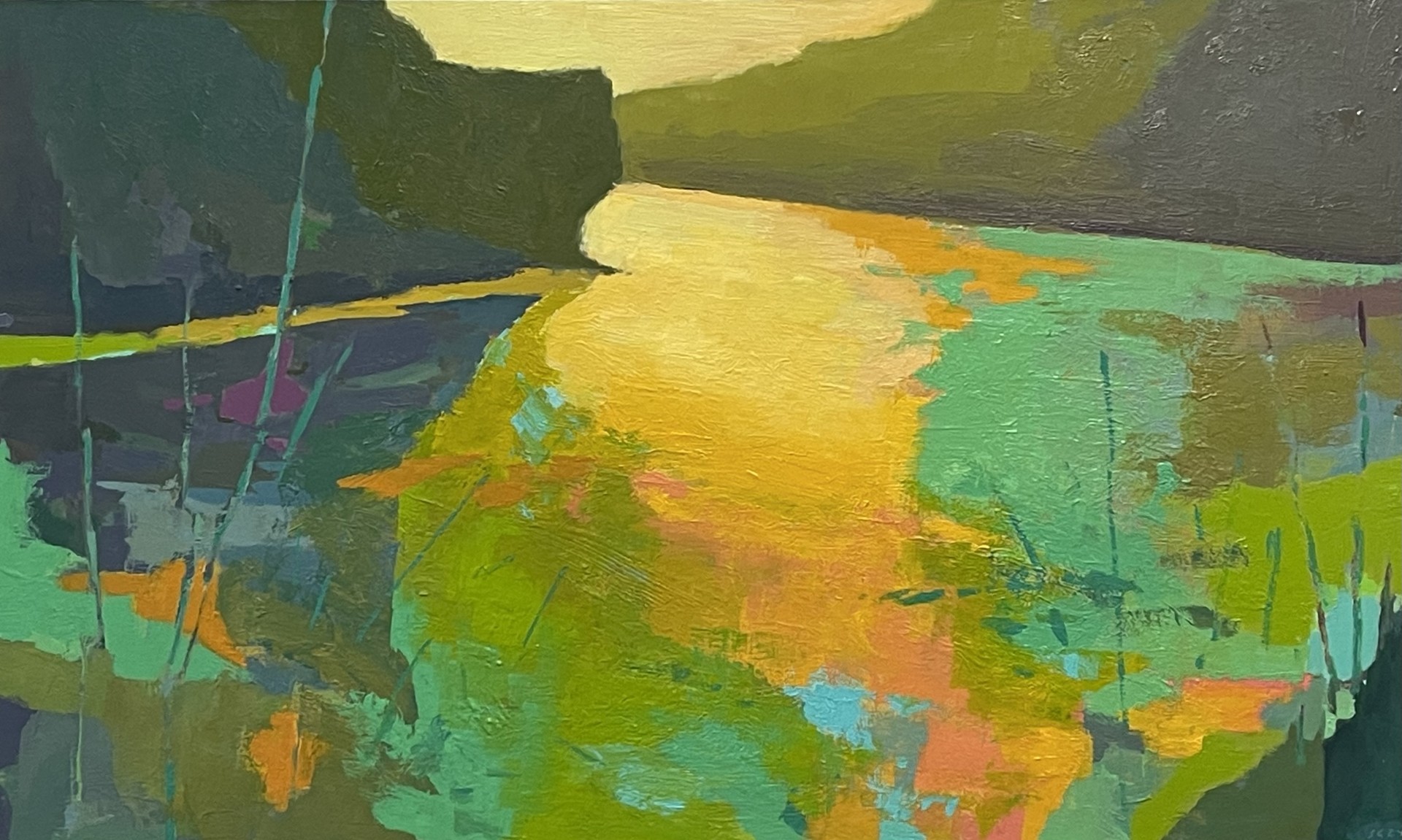
Description
How do color interactions create the feeling of calm and unity? What about contrast and vibrancy? In this one-day workshop, we will explore the topic of color interactions and their role in strategizing color use in our paintings. Fundamentals of color theory and mixing will be discussed and demonstrated, setting
up students’ own explorations in color. This can be taken as a stand-alone workshop, or serve as an excellent primer for Scott’s subsequent Abstracting the Landscape workshop.
About the Instructor
Scott Gellatly holds a degree in painting and drawing from the University of Oregon and has exhibited his work in solo and group exhibitions throughout the United States. A landscape painter at heart, Scott’s work has become more abstracted, with greater emphasis on pure color and gestural mark-making to evoke nature. Scott’s work is represented by LAURA VINCENT DESGIN & GALLERY in Portland, OR.
Learn More
www.scottgellatly.com
Materials List
You will need to bring:
Color palette:
Titanium White
Cadmium Yellow Light
Indian Yellow (Gamblin oils), Indian Yellow Hue (Golden acrylics)
Cadmium Orange
Quinacridone Red (Gamblin oils), Primary Magenta (Golden acrylics)
Ultramarine Blue
Cobalt Teal or Turquoise (Gamblin oils or Golden Acrylic)
Painting medium: Galkyd Lite for oils, Gloss Medium (fluid) for acrylics
Palette (glass or wood): Glass palettes are quite easy to mix color on and to clean.
Note: Glass backed with foam core makes an excellent palette for oil and acrylic
painting. To make this, simply cut a piece of foam core to the dimensions of your piece of glass. Use electrical or duct tape around the perimeter. If you use a wood palette, make sure it is sealed and dry before the workshop.
Metal palette knife: “teardrop shape” such as RGM S.026
Oil/Acrylic painting brushes: Filbert or Flat, three different sizes. Recommended brand: Princeton Aspen
Painting support: Canvas Pad, 9” x 12”
Rags: a small handful of clean rags (old t-shirts are fine)